In mid-January, DJI – the market leader in consumer drones – announced that it would no longer implement geofencing restrictions for its drones. This means that DJI, with a 70% - 80% market share would suddenly cease enforcing "no-fly zones" for all its drones. Users will see a warning if they enter restricted airspace, but nothing will prevent them from disregarding it and pressing forward.
Although this is true (and the company notes that its original enforcement of no-fly zones was a "voluntary measure"), it raises the question of why. Perhaps because DJI competitors, like Autel, Skydio and BRINC are growing in market share and they do not have a geofencing restriction, or perhaps it is a retaliatory action, given the looming prohibition of DJI drones in the US in 2026.
Without question, however, the timing of this decision is problematic for the upcoming events in the US that would have previously benefitted from the DJI geofencing safety measure. Super Bowl LIX was one of them.
Event Organizers’ Efforts to Protect Their Airspace
According to Dedrone’s Drone Violations Database, which tracks drone incursions across the country through the DedroneCity drone detection network, we saw more than 12,600 rogue drones violating Federal Aviation Administration (FAA) mandated no-fly zones around events in 2024 alone. This is an 8% increase from 2023, and it has continued to climb steadily with early figures already indicating an even bigger number of violating drones at events in 2025.
As you might imagine, large spectator events like National Football League (NFL) games are part of these figures. Testifying before Congress, Cathy Lanier, Chief Security Officer of the NFL, said the NFL experienced 2,845 airspace incursions in 2023 alone, a jump of more than 20,000% since 2017.
Under FAA regulations, drones are prohibited from flying within three miles of any stadium hosting an NFL game due to an FAA imposed Temporary Flight Restriction (TFR) from one hour before game start until one hour after it ends.
Additionally, the Super Bowl is designated a Special Event Assessment Rating (SEAR) 1 event by the Department of Homeland Security (DHS), which represents the highest level of security for large-scale events in the US. This year, the FAA designated a “No Drone Zone” for Caesars Superdome on game day and in the skies around the city’s downtown area. The FAA went further to temporarily restrict all aircraft – crewed or uncrewed– within a 10-nautical-mile radius of the stadium from February 6 through February 11, 2024. Drone operators who enter restricted areas without permission could face confiscation of their drones, fines of up to $75,000, and potential criminal prosecution.
DJI’s decision to stop enforcing no-fly zones with geofences has made protecting sensitive airspace — like the Super Bowl — that much harder. DJI has a 90% share of the global consumer drone market and estimates of its US dominance range between 70% and 80%, depending on the year and the analyst house. Removing geofencing means that vastly more drones can now enter locations where they shouldn't be, whether accidentally or intentionally.
The Expanded Threat Across Protected Airspace
NFL drone incursions always make news, such as the recent drone flying above Baltimore's M&T Bank Stadium which brought a temporary halt to the evening's game between the Pittsburgh Steelers and the Baltimore Ravens. Under NFL guidelines, any drone sightings require officials to stop the game until the situation is resolved.
The threat of malicious or careless drone activity is not limited to public sporting events, however, nor is it limited to just nuisance activity. Drone incursions remain alarmingly common near sensitive locations, such as airports and prisons. For instance, the FAA reported 374 incidents of drone activity near airports last year, with some encounters occurring perilously close—sometimes just a few hundred feet away. These incidents are on the rise, and the potential for serious accidents is growing, especially given recent events like the Los Angeles fires, where a drone collided with firefighting aircraft.
The recent decision by DJI to deactivate geofencing raises concerns about the increased risks associated with amateur drone pilots who may not fully understand the implications of their actions. In addition to public events, prisons and airports, there a few permanent no-fly zones across the US, including the National Capital Region, Manhattan, and nuclear power plants.
Drones are powerful tools that can be incredibly beneficial but can also pose significant dangers in the wrong or careless hands. We need a two-pronged approach to address these risks: enhancing public education about drone safety and updating laws to reflect the existence of current technology that enables our public safety professionals to protect against drone threats now. As it stands, existing regulations are outdated and do not adequately account for the capabilities of modern drones.
It's Time to Get Vocal
Over the past decade, we have seen a growing awareness of the risks posed by malicious drone usage, and the NFL isn’t the only organization going vocal. Congressional leaders, law enforcement and defense experts have rightly highlighted the very real threats to our airports, power infrastructure, and correctional facilities. However, this recognition has not fully translated into proactive measures.
Historically, organizations have adjusted their security protocols only after incidents occur. For instance, the wave of hijackings in the 1970s led to the widespread installation of X-ray machines in airports, while the 9/11 attacks directly influenced many current security procedures.
We cannot afford to wait for a disaster to take the threat of malicious drones seriously. In the absence of legally mandated requirements, it falls to public safety and the security industry to raise awareness about this growing danger and to provide actionable steps for employers and clients to safeguard themselves.
Security professionals possess the relationships and credibility needed to articulate these risks effectively. They can clarify the implications of DJI's recent decision and how it alters the landscape of threats.
Crucially, these professionals can shift the perception of airspace as an area that requires protection. It is essential to convey that protecting airspace is not just a concern for nation-states; the counter-drone industry is flourishing, offering practical solutions for private and local government entities. Many of these systems can be deployed quickly, providing real-time information on potential drone threats and enabling rapid responses.
The first step in addressing any problem is recognizing its existence. Events like the Super Bowl help to shine a spotlight, but it requires collective effort from the security industry to advocate for the necessary regulation and public awareness changes, fostering a safer environment for all.
About the Author:


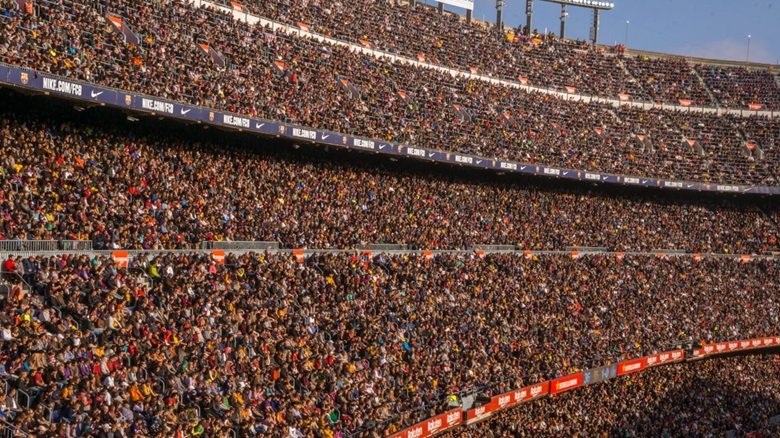

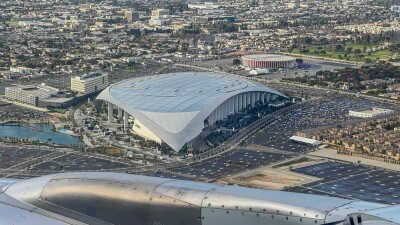
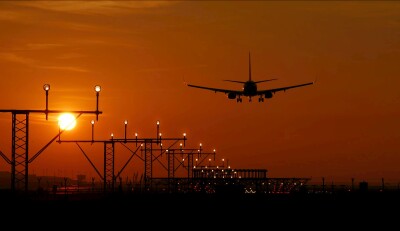

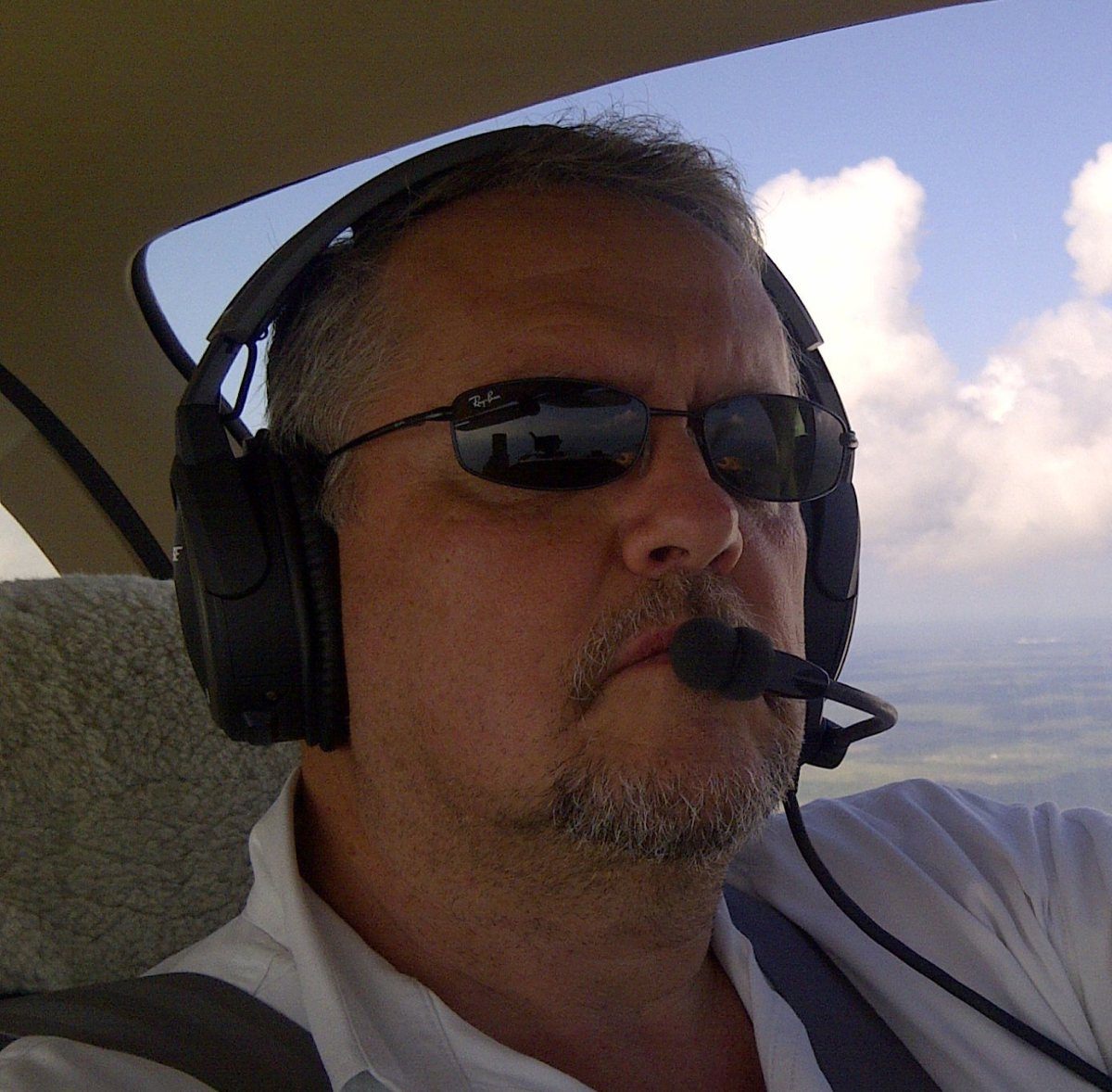





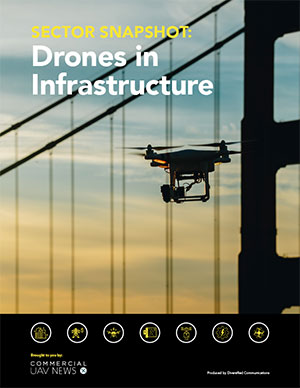
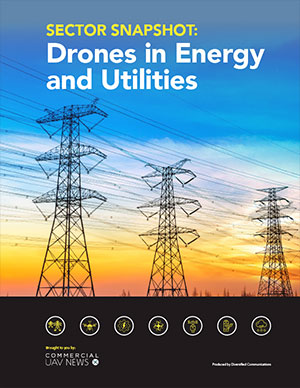
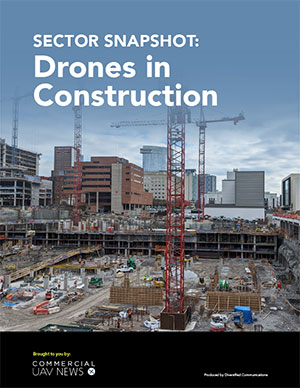
Comments